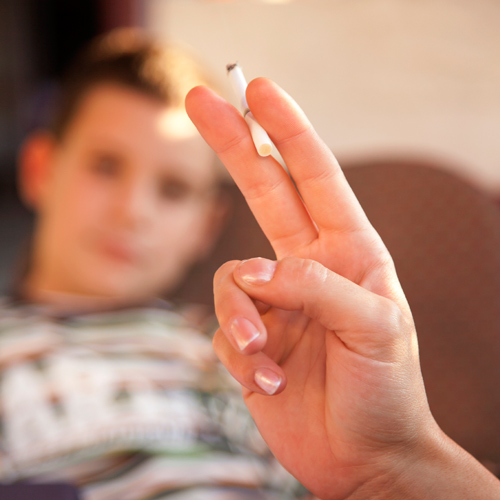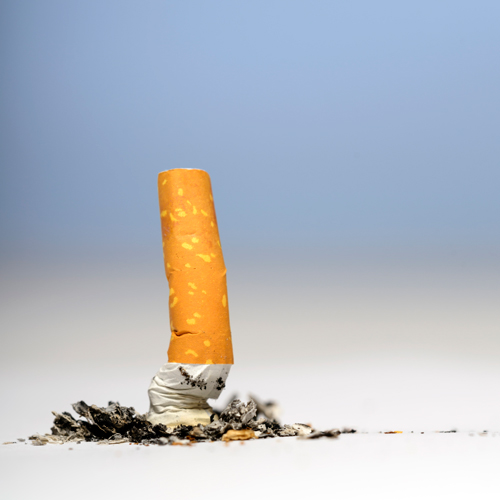 There are few things that are given and the idea that smoking kills is one of them. Even though we know this, it is still one of the hardest habits to beat.
There are few things that are given and the idea that smoking kills is one of them. Even though we know this, it is still one of the hardest habits to beat.
A decade ago, smoking in public places was rarely questioned. You could light up in almost any indoor restaurant, office building or even while on public transport and not be the subject of dirty glances. But increased awareness on the effects of smoking on the smoker as well as those around them, has necessitated the need to impose smoking bans in enclosed places.
What was the idea behind this ban? Smoking is optional, breathing is not.
This rings particularly true for children. Who rarely get to choose their surroundings and the activities adults around them partake in.
“Children exposed to a significant amount of secondhand smoke, are at risk for chronic cough, shortness of breath and Sudden Infant Death Syndrome. In addition there is an increase in infections such as bronchitis, pneumonia, sinus infections and ear infections,” says pulmonologist Jonathan Waxner. “If the children already have asthma they can be at risk for having worsening asthma symptoms such as wheezing, coughing and shortness of breath. There may also be an increase in doctor visits and hospitalization.”
As frightening as that sounds, there has been some good news in the smoking world thanks to the changes in the law. “Over the last 30 years there has been a decrease in secondhand smoke,” says Waxner. “That’s due in part to the various regulations and laws that have been put into effect. Workplaces have also decreased their tolerance for smoking.”
 That there has been improvement in this category should be celebrated. Because the effects on kids are more dangerous than we might think. “Coughing, wheezing and shortness of breath require visits to the doctor or worse, the emergency room,” says Waxner. “Anytime you have worsening of asthma, the child is at risk for a severe illness or in rare cases death. ”
That there has been improvement in this category should be celebrated. Because the effects on kids are more dangerous than we might think. “Coughing, wheezing and shortness of breath require visits to the doctor or worse, the emergency room,” says Waxner. “Anytime you have worsening of asthma, the child is at risk for a severe illness or in rare cases death. ”
The good news is that public awareness has increased and the real effects of smoking are more widely known. “People are aware and there are things being done about it,” says Waxner. “I think people are taking it seriously and trying to do something about it.”
That being said, what most people may not be aware of, is that we need to think about what we do if we are smokers with kids. We can’t just hope our kids don’t find out or get affected. “From a health standpoint, even if people are smoking in the house or in the car without the children present, the smoke permeates the interior of a car, furniture or carpeting of a house,” says Waxner. “That residual smoke or odor could cause a child to have symptom of cough wheezing or shortness of breath.”
Finally, smoking is a bad role model for kids. They’re told all these things about smoking and how bad it is, yet you see your parent doing it or even worse, hiding it. “No kid ever wants to be lied to or get mixed signals about something that you know is bad and that everyone says you shouldn’t be doing,” says Waxner. “It’s mostly a psychological issue. Unless they’re actually doing it right in front of them and breathing it in, then it becomes a medical issue as well.”
Jonathan M. Waxner MD, FCCP, FAASM is Certified by the ABIM in Pulmonary, Critical Care and Sleep Medicine, Nassau Chest Physicians PC




